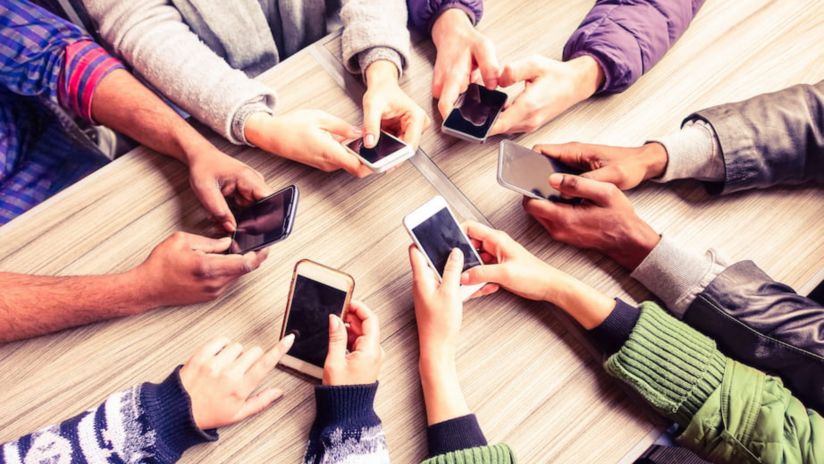Keeping Australia connected to the world
For Australians, about 99% of our digital connectivity to the rest of the world comes through underwater subsea cables. We currently own or operate about 400,000km of these cables across the ocean floor – so much in fact, that you could lap the world 10 times with that amount of cable.
Just about every bit of communication we make goes through these cables. From calling your family overseas to streaming Formula 1 and versing someone in Fortnite from Singapore. Basically anything and everything.
A short history of subsea cables
Australia’s first subsea cable went from Darwin to Indonesia almost 150 years ago. Back then, it wasn’t for streaming Netflix, but was rather a telegraph cable that essentially transmitted Morse code. Transmitting just one word back then could take several minutes.
The first major advancement in Australia’s subsea cables came in the 1960s with our first telephone cable which connected Sydney to Canada via New Zealand called COMPAC and cost over $100 million to complete. It might seem like a bit of a weird connection , but this was because it connected Commonwealth countries. Not only did this cable allow us to make phone calls to New Zealand and Canada, it also was crucial for airports and shipping companies to be able to communicate. COMPAC and other Commonwealth cables such as SEACOM (Cairns to Hong Kong) and ANZCAN (replaced COMPAC), were officially opened by Queen Elizabeth II.
The COMPAC cable was the first of many analogue cable systems that connected Australia to the rest of the world, but as the internet started to gain popularity in the 1990s they were no longer enough to carry the huge of amounts of data growth that was to come.
This ushered in the era we are in now of optical fibre cables, capable of 1000s of times the amount of capacity as traditional analogue cables. Using rapid pulses of laser light carried by hair-thin glass strands, this new technology could transmit data at much higher capacity and drastically reduce delay, or latency as it’s often called.
Our first fibre cable was called the TASMAN2 and connected Australia with New Zealand from 1992, capable of transmitting around 1 gigabit per second, or about as much as a lot of individual homes can now access just on their own.
Just 9 years later, cables we were laying, like the Australia-Japan cable were now capable of speeds of up to 640 gigabits per second state of the art at the time.
Keeping the light on
Manufacturing, laying and connection subsea cables across the ocean is a big task on its own, but maintaining them can sometimes prove almost as difficult.
Some of our cables run thousands of metres underwater, with one cable connecting us to Guam that crosses the Mariana Trench, the deepest water in the planet. So fixing one of these is not quite the same as pulling the manhole off on the side of the road.
Even just getting the grappling hook down to the cable to get to it to repair any damage can take a whole day just to reach it.
Thankfully though, it’s quite rare for damage to occur at these depths, as most damage to subsea cables is caused by fishing gear and ship anchors. So most damage happens in relatively shallow waters of around 100-1000 metres below the surface where fishing activity is more likely to take place and get caught up with.
We also sometimes see damage happen due to subsea earthquakes or from big landslides after cyclones and typhoons. But as technology gets better at marine surveying, these are becoming less of an issue as we can use advanced sonar techniques to better understand the environment we lay these cables in.
While surveying, our teams have even discovered underwater volcanoes that have never been recorded before, which we of course avoid routing the cables near.
60 years ago if a cable went down it might cause a big problem with our ability to connect. These days with such a diverse and large network path, if a cable is broken and getting repaired, which can take about a week, it’s less of an issue. Now we’re able to reroute traffic to other cable segments.
With a growing demand for data and connecting to the world, we continuously need to upgrade or commission new cables. Our latest subsea cable is called INDIGO and connects Singapore, Perth, Sydney and Jakarta, with a mammoth 36 terabit capacity, enough to steam millions of movies a second.
We’ve come a long way from the days of waiting minutes to send a single word from Darwin to Indonesia.
Connecting Australia to the world is why.


